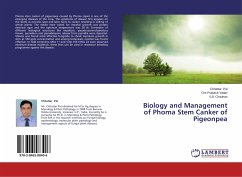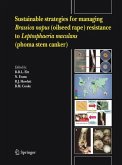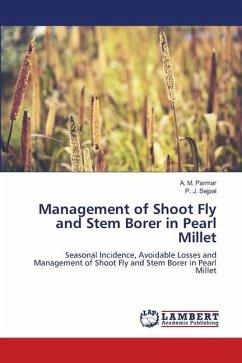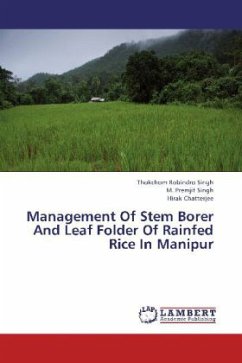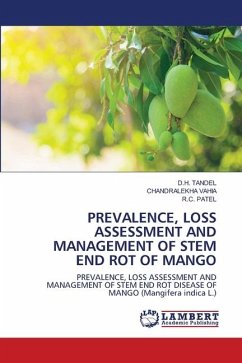Phoma stem canker of pigeonpea caused by Phoma cajani is one of the emerging diseases of the crop. The symptoms of disease first appears on the stems as necrotic spot and later turns to canker resulting in wilting of whole plants. The media most suited for mycelial growth was potato dextrose agar and the optimum temperature was 30 0c. Formation of different biological structures like mycelium, pseudo-parenchymatous tissues, pycnidium and pycnidiospore release from pycnidia were depicted. Vitavax was found most effective fungicide to check mycelium growth in vitro at 550 ppm concentration and among botanicals, neemol was found effective. In field screening; MAL 11 and S.No.103×MAL 23 were observed minimum disease incidence, these lines can be used in resistance breeding programme against this disease.

